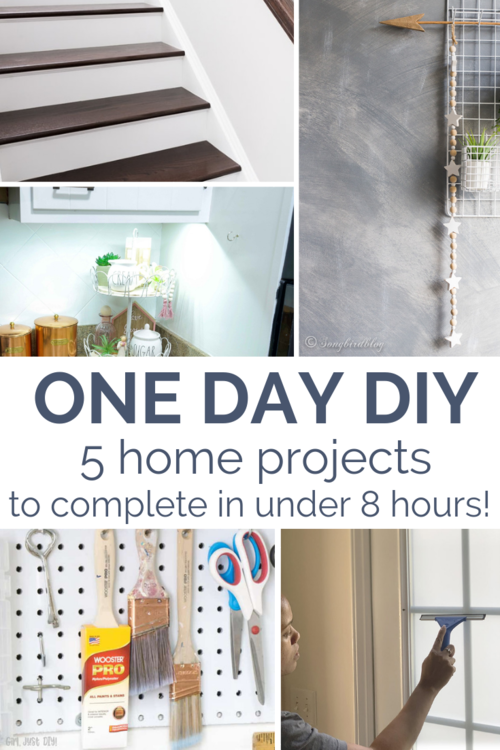
If you're a first-time buyer or a seller, resale value of your home is an important factor to consider. Buyers increasingly seek homes that are fully furnished and ready for immediate occupancy. They expect high-quality countertops and a well-designed roof. Also, homeowners should keep in mind that today's families have more stuff than ever. You might consider upgrading your home by installing a new kitchen or changing an existing one.
If you're looking for a spot to build your home, take into account the resale market value of similar homes in the area. Properties in desirable areas are more likely to sell and attract more buyers. Your home's price will drop if it is in a less desirable place. You won't have as many potential buyers. Your home's resale price will rise if you make investments in new windows or appliances.

A close proximity to schools is another important aspect of resale values. Even if you don't have any children, you can still add resale value to your home by making it convenient for commuters. Also, buyers will prefer a home close to good schools. Parents with children in school are more likely buy a home close to good schools.
Besides its location, storage space is an important consideration for resale value. For larger families, it is essential to have a garage and a large closet. It is also an advantage to have a basement or attic. A spacious garage is also an asset in any home. Attics and basements can be used to store stuff. These features can significantly boost your home's value. These factors will help increase the resale price of your home.
Location is another important factor in resale value of your home. A desirable location will attract a large pool of potential buyers. On the other hand, a less desirable locale may result in a lower purchase price and fewer buyers. While it is impossible to predict the resale value of your home, it's important to keep in mind the factors that influence it. It is important to maintain your home, in addition to its location.

Like all properties, the place you live has an impact your resale potential. A home in a desirable area will attract many buyers. It won't sell well if it isn’t. Unattractive locations may result in a lower home's resale market value. When determining the price of your home, it is important to consider the resale values.
FAQ
Is it less expensive to renovate an existing house or build a new one?
There are two options if your goal is to build a new home. The other option is to purchase a prebuilt home. This type of home is already built and ready to move in to. You can also build your own home. To build your dream home, you will need to hire an architect.
It all depends on how much you spend designing and planning the home. Custom homes may take more work as you'll need to complete most of it yourself. However, you have more control over what materials you use and where they are placed. It might be easier to find a contractor that specializes in custom-built homes.
A new home is usually more expensive than a remodeled home. You'll have to pay more for land and any improvements. Permits and inspections are also required. The average price difference between a new home and one that has been renovated is between $10,000 and $20,000.
How do I start a renovation of a house?
Fixing up a home starts with cleaning out all the clutter from inside and outside. You will need to clean out all moldy areas and repair any leaky pipes. Finally, you'll need to repaint the interior. Final steps include cleaning up exterior surfaces and applying new paint.
You can live in a house while it is being renovated.
Yes, I am able to live in a house and renovate it.
Are you able to live in your house while the renovations are ongoing? It depends on the length of the construction. If the renovation takes less time than two months, then no, you can still live in your home during construction. You can't live there if your renovation project takes more than two months.
It is important that you do not live in your home during major construction. Noise pollution and dust from heavy machinery on the job site could also be a problem.
This is especially true for multi-story houses. The vibrations and sounds that construction workers create can cause damage to your property and contents.
As mentioned earlier, you will also have to deal with the inconvenience of living in a temporary shelter while your home is being renovated. This means that your home won't provide all the amenities you need.
As an example, your washer and dryer will be out of commission while they are being repaired. Additionally, the smell of paint fumes or other chemicals will be a constant annoyance as well as the banging sound made by workers.
All of these factors can create stress and anxiety for you and your loved ones. Therefore, it is important to plan ahead in order not to feel overwhelmed by the situation.
Do your research before you begin renovating your home. You can avoid costly mistakes later.
Also, it is a good idea to get professional help from a reputable contractor in order for everything to go smoothly.
Statistics
- The average fixed rate for a home-equity loan was recently 5.27%, and the average variable rate for a HELOC was 5.49%, according to Bankrate.com. (kiplinger.com)
- Design-builders may ask for a down payment of up to 25% or 33% of the job cost, says the NARI. (kiplinger.com)
- ‘The potential added value of a loft conversion, which could create an extra bedroom and ensuite, could be as much as 20 per cent and 15 per cent for a garage conversion.' (realhomes.com)
- On jumbo loans of more than $636,150, you'll be able to borrow up to 80% of the home's completed value. (kiplinger.com)
- Rather, allot 10% to 15% for a contingency fund to pay for unexpected construction issues. (kiplinger.com)
External Links
How To
How do you plan a complete home remodel?
Planning a whole house remodel requires careful planning and research. There are many things you should consider before starting your project. The first thing you need to decide is what kind of home improvement you want to make. There are many options available, including kitchen, bathroom and bedroom. Once you know which category you would like to work on, you'll need to figure out how much money you have available to spend on your project. If you do not have any previous experience in working with homes, it is best that you budget at least $5,000 per bedroom. If you have some experience, then you might be able to get away with less than this amount.
Once you've determined the amount of money you can spend, you need to decide how large a job you want. You won't be capable of adding a new floor, installing a countertop, or painting the walls if your budget is limited to a small remodel. You can do almost everything if you have enough cash for a full-scale kitchen renovation.
Next, you need to find a contractor who is experienced in the type project that you want. This will guarantee quality results, and it will save you time later. After finding a good contractor, you should start gathering materials and supplies. It depends on how large your project is, you might need to buy everything made from scratch. There are many stores that offer pre-made products so it shouldn't be difficult to find what you need.
After you've gathered all the supplies you need, it's time to begin making plans. You will first need to sketch out an outline of the areas you plan to place appliances and furniture. Then, you'll move onto designing the layout of the rooms. Make sure that you leave space for plumbing and electrical outlets. It is a good idea to place the most important areas nearest the front door. This will make it easier for visitors to access them. The final step in your design is to choose colors and finishes. You can save money by using neutral colors and simple designs.
Now it's time for you to start building. Before you start building, check your local codes. While some cities require permits, others allow homeowners to construct without them. When you're ready to begin construction, you'll first want to remove all existing floors and walls. You will then lay plywood sheets to protect your new flooring. Next, nail or screw pieces of wood together to form the frame that will house your cabinets. Finally, attach doors to the frame.
When you're done, you'll still have a few finishing touches to do. You'll likely want to cover any exposed wires and pipes. Plastic sheeting and tape are used to cover exposed wires. You will also need to hang photos and mirrors. Keep your work area tidy and clean at all times.
You'll have a functional home that looks amazing and is cost-effective if you follow these steps. Now that you know how to plan a whole house remodeling project, you can go ahead and get started!